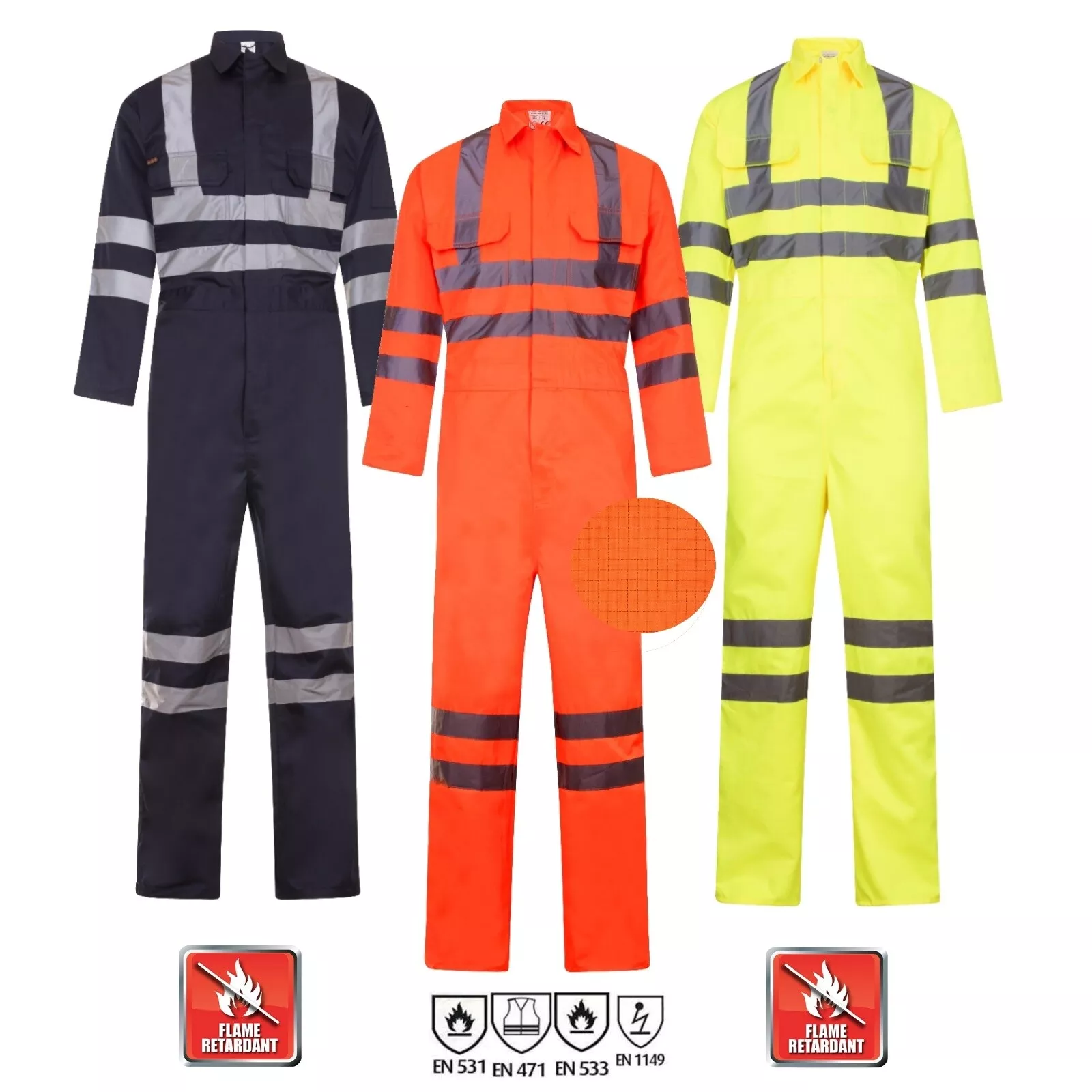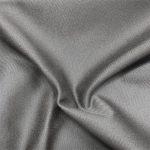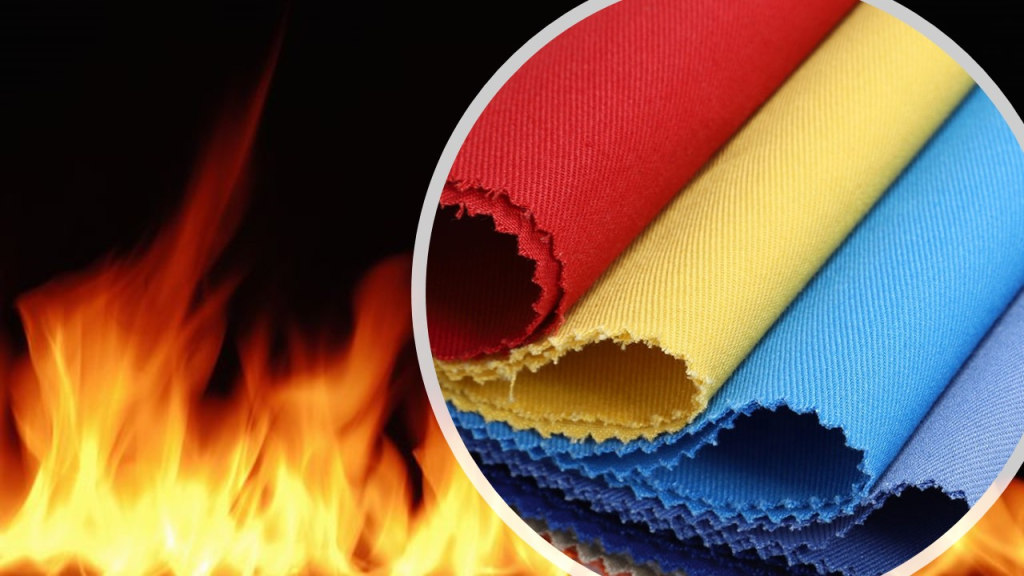Safety is a big deal when it comes to workwear, and the right workwear can make all the difference. Flame retardant fabrics are a big part of safety clothing because they help protect you from fire. But what are flame retardant fabrics, and how do they work? Let’s dive into the world of flame retardant materials, including what they are, what they do, and how they work.
What Is Flame Retardant Fabric?
Flame retardant fabrics are materials that are designed to resist ignition and stop the spread of fire. These fabrics are used to make protective clothing that helps save people from burns and other fire-related injuries. You can make flame retardant (FR) fabrics from fibers that are inherently flame resistant, or you can treat fabrics with chemicals to give them flame retardant properties.
Understanding Flame Retardant Fabric
Flame retardant fabrics are materials that are designed to resist ignition, stop the spread of fire, and self-extinguish once the flame source is removed. These fabrics are a big deal in industries where fire is a hazard, such as oil and gas, welding, electrical work, and firefighting.
Types of Flame Retardant Fabrics
- Inherent Flame Resistant Fabrics: These are fabrics that are made from fibers that are inherently flame resistant. Examples include aramids (like Kevlar and Nomex) and modacrylic fibers. These fabrics are flame resistant for the life of the garment.
- Treated Flame Resistant Fabrics: These are fabrics that are made from fibers that aren’t inherently flame resistant but are treated with chemicals to make them flame resistant. Examples include cotton and cotton blends that have been treated with chemicals to make them flame resistant.
How Do Flame Retardant Fabrics Work?
Flame retardant fabrics work by interrupting the combustion process. Here’s how they work:
- Inherent Resistance: Inherent flame resistant fabrics have a chemical structure that resists ignition and stops the spread of fire. When exposed to fire, these fabrics don’t melt or drip, and they form a char layer that insulates and protects you.
- Chemical Treatments: Treated fabrics are treated with chemicals that make them flame resistant. These chemicals create a barrier that slows down the combustion process. When exposed to a flame, the treated fabric forms a char that acts as a barrier, stopping the fire from spreading and reducing the amount of heat that gets to you.

Key Properties of Flame Retardant Fabrics
- Self-Extinguishing: Flame retardant fabrics are designed to self-extinguish once the ignition source is removed, which means the fire doesn’t spread.
- Durability: Flame retardant fabrics maintain their flame retardant properties after repeated laundering and use, so they last.
- Thermal Protection: Flame retardant fabrics provide thermal protection, which means they help reduce the risk of burns and other heat-related injuries.
- Comfort: Modern flame retardant fabrics are designed to be comfortable and breathable, so you can do your job without being uncomfortable.
Applications of Flame Retardant Fabrics
Flame retardant fabrics are used in a wide range of industries where fire hazards are a concern. Some common applications include:
- Oil and Gas: Workers in the oil and gas industry face risks of flash fires and explosions. Flame retardant clothing provides essential protection against these hazards.
- Welding: Welders are exposed to sparks and molten metal. Flame retardant fabrics prevent burns and injuries from these sources.
- Electrical Work: Electricians and electrical workers need protection against arc flashes and electrical fires. Flame retardant clothing reduces the risk of severe burns from these incidents.
- Firefighting: Firefighters rely on flame retardant turnout gear to protect against intense heat and flames during firefighting operations.
- Military: Military personnel use flame retardant uniforms to protect against flash fires and explosions in combat situations.
Standards and Certifications
To ensure the effectiveness and safety of flame retardant fabrics, several standards and certifications are in place. These standards help manufacturers and users verify that the fabrics meet stringent safety requirements:
- NFPA 2112: This standard specifies the minimum requirements for flame-resistant garments for protection against flash fires.
- ISO 11612: This international standard outlines the performance requirements for protective clothing designed to protect against heat and flame.
- ASTM F1506: This standard provides guidelines for the performance of flame-resistant fabrics for use in clothing worn by electrical workers exposed to momentary electric arc and related thermal hazards.
- OEKO-TEX® Standard 100: This certification ensures that the fabric is free from harmful substances and safe for human use.
Choosing the Right Flame Retardant Fabric
When selecting flame retardant fabrics, consider the following factors to ensure optimal protection and performance:
- Compliance with Standards: Ensure the fabric meets relevant safety standards and certifications for your industry.
- Durability: Choose fabrics that retain their protective properties after repeated washing and use.
- Comfort: Look for fabrics that offer a balance of protection and comfort, allowing workers to perform their tasks effectively.
- Specific Industry Needs: Consider the specific hazards and requirements of your industry to select the most suitable fabric.
Conclusion
Flame retardant fabrics are a critical component of safety working in many industries. Understanding how these fabrics work, their key properties, and their applications can help you make informed decisions when selecting protective clothing for your workforce. At Hubei Jiezhixin Textiles, we are dedicated to providing high-quality, durable flame retardant fabrics that meet stringent safety standards. Our fabrics are designed to offer maximum protection and comfort, ensuring the safety of your employees. Contact us today to learn more about our range of flame retardant fabrics and how they can benefit your industry.

 100% COTTON FABRIC
100% COTTON FABRIC COTTON STRETCH FABRIC
COTTON STRETCH FABRIC POLYESTER/COTTON FABRIC
POLYESTER/COTTON FABRIC OTHERS FABRIC
OTHERS FABRIC